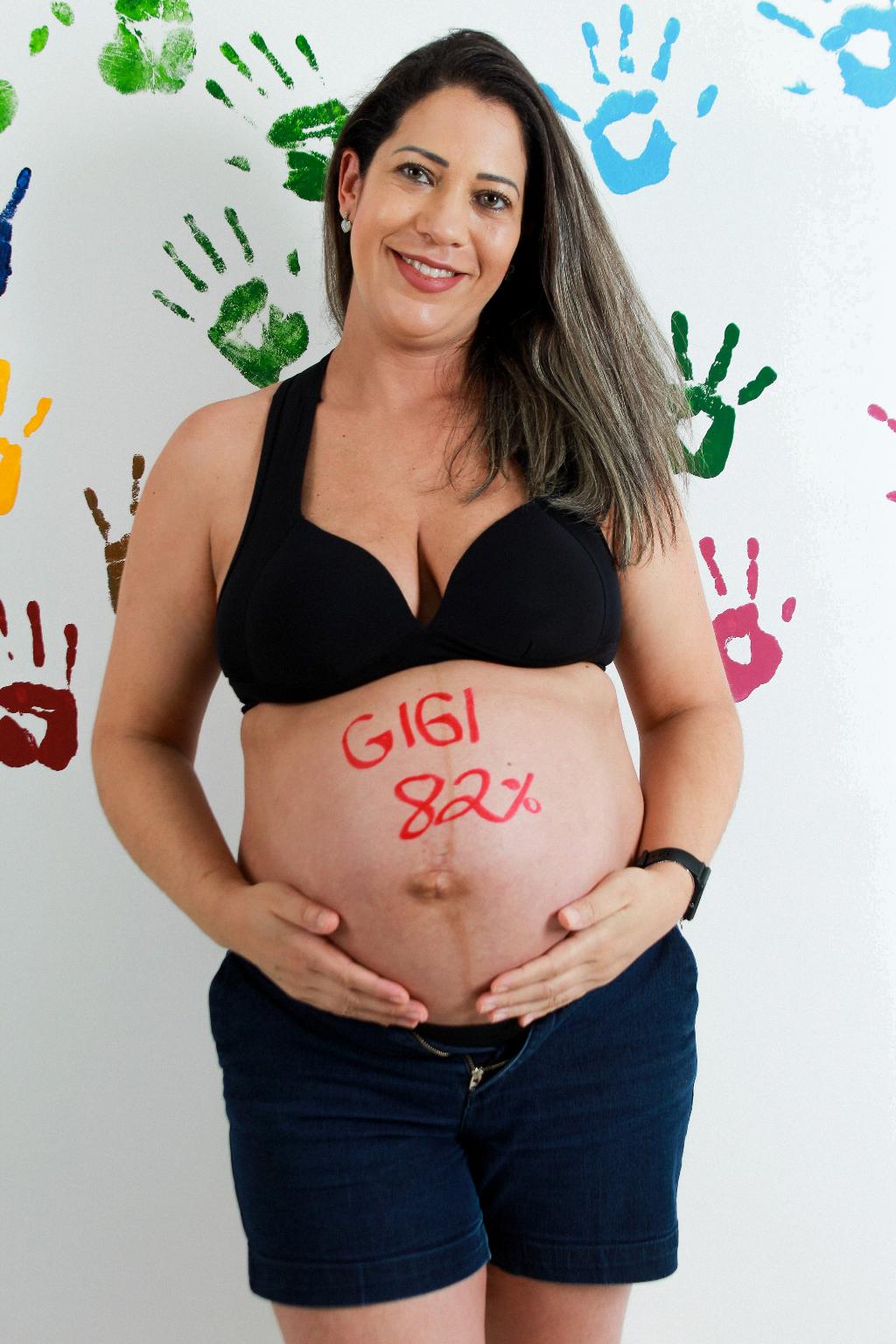Induction at 36 weeks is a topic of interest and debate in the field of obstetrics. Many women may find themselves facing the decision of whether or not to undergo induction at this stage of their pregnancy. Understanding the success rate of induction at 36 weeks is crucial in making an informed decision regarding the best course of action for both the mother and the baby.
Definition and Purpose of Induction at 36 Weeks
Induction at 36 weeks involves initiating labor artificially before it begins naturally. This procedure is often recommended when there are potential risks to the mother or the baby if the pregnancy continues past this point. The primary purpose of induction at 36 weeks is to prevent complications and ensure the well-being of both the mother and the baby.
Factors Affecting the Success of Induction at 36 Weeks
Several factors can influence the success of induction at 36 weeks. One crucial factor is the gestational age at which the induction is performed. Research has shown that the success rate for vaginal delivery in preterm induction using PGE2 significantly increases with gestational age: 62.8% for 34 to 36 weeks compared to 50.0% for 32 to 33 weeks and 16.7% for 24 to 31 weeks.
Risks and Benefits of Induction at 36 Weeks
While induction at 36 weeks can be beneficial in preventing potential risks associated with continuing the pregnancy, it also comes with its own set of risks and benefits. It is essential for women and their healthcare providers to weigh these factors carefully when considering induction at 36 weeks.
Success Rate of Induction at 36 Weeks: An Evaluation
Based on the findings of the study, the success rate for induction at 36 weeks stands at 62.8% for vaginal delivery. This success rate indicates a promising likelihood of a successful outcome for both the mother and the baby when undergoing induction at this gestational age.
Comparative Analysis of Success Rates at Different Gestational Ages
Comparing the success rates of induction at various gestational ages reveals a clear trend of increasing success rates with advancing gestational age. This trend underscores the importance of timing in determining the success of induction procedures and highlights the significance of considering gestational age as a critical factor in decision-making.
Importance of Individualized Care and Consultation
It is crucial for women to receive individualized care and consultation from their healthcare providers when considering induction at 36 weeks. Factors such as medical history, underlying conditions, and overall health status should be taken into account to ensure the best possible outcome for both the mother and the baby.
Informed Decision-Making and Shared Decision-MakingEmpowering women to make informed decisions regarding induction at 36 weeks is essential in promoting maternal and fetal well-being. Shared decision-making between women and their healthcare providers fosters a collaborative approach to healthcare, where the preferences and values of the woman are respected in the decision-making process.
Conclusion: Success of Induction at 36 Weeks
Induction at 36 weeks can be a viable option for women facing certain risks or complications in their pregnancy. The success rate for vaginal delivery at 36 weeks is encouraging, indicating a favorable outcome for both the mother and the baby. By carefully weighing the risks and benefits and receiving individualized care, women can make informed decisions regarding induction at 36 weeks.

